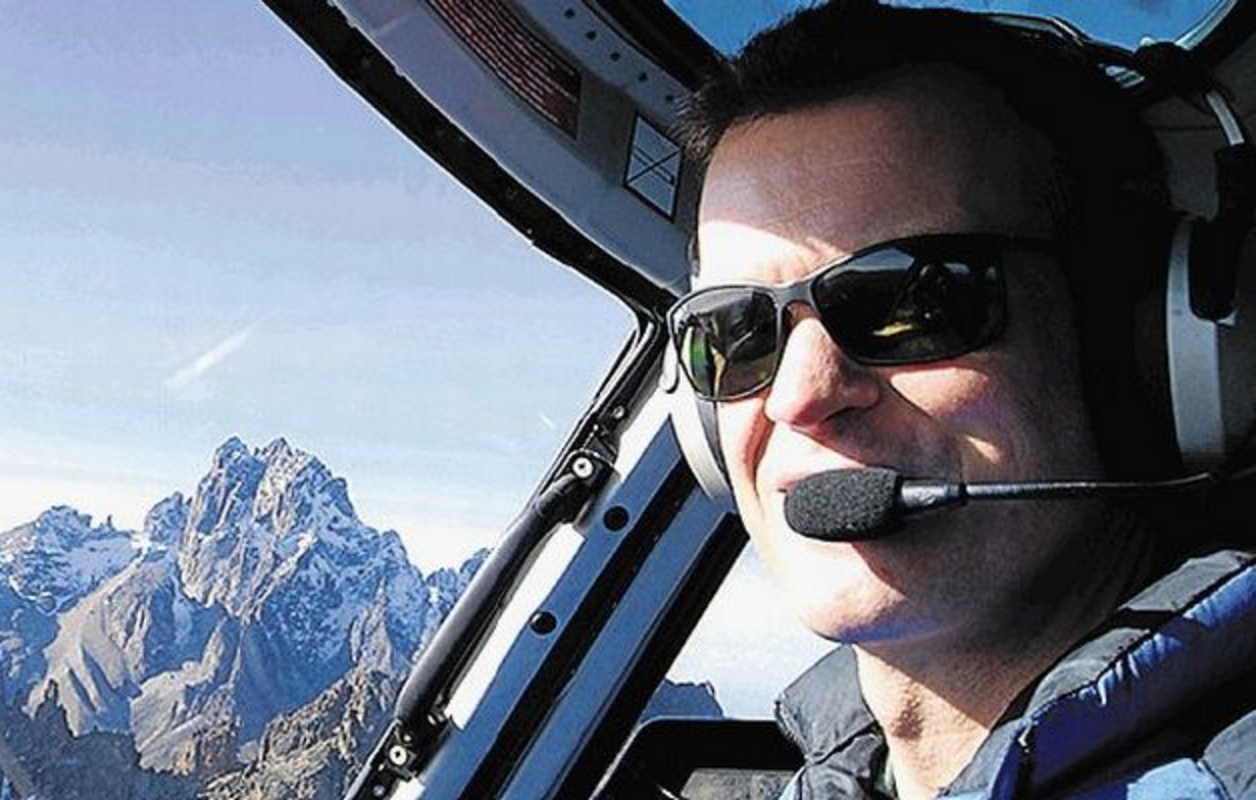Roger Gower
A British pilot flying a helicopter to track poachers in Tanzania was killed recently when he was hit by gunfire from the ground and the helicopter crashed into trees. Roger Gower, 37, was flying in partnership with Tanzanian wildlife authorities on Jan. 28, to track down and arrest active elephant poachers. “In the course of this action the poachers fired upon the helicopter and Roger was fatally wounded,” according to Gower’s employer, the Friedkin Conservation Fund. Gower survived the crash but died before help arrived. South African Nick Bester also was in the helicopter and was injured in the crash, but is recovering. Five men have been arrested in connection with the shooting.
In California, Mooney pilot Stephen Conley has been facing less lethal risks, flying the only aircraft allowed in the airspace above the state’s largest-ever leak of methane gas, to collect data about the massive event. Conley, an atmospheric scientist at the University of California Davis, crisscrosses the site at low altitudes once a week, exposed to headache-inducing fumes and rough bouncy updrafts. “We fly into the plume, back out of it, climb up and then do it again,” Conley told SFGate.com. “We climb up until we stop seeing the increase in the methane level. We can see all of this in real-time.”
The Mooney is equipped with exterior tubes to collect the air samples, and the back seat is filled with computer gear and a gas analyzer. Conley has been able to record the massive rate of methane leakage, about 1,000 tons per day. “To put this into perspective, the leak effectively doubles the emission rate for the entire Los Angeles Basin,” Conley said. “On a global scale, this is big.” SoCal Gas, which owns the storage facility, has been unable to stop the leak, but now they say it may be capped by March. Conley’s Mooney flights provide the only estimates of the amount of gas emitted by the well.


































